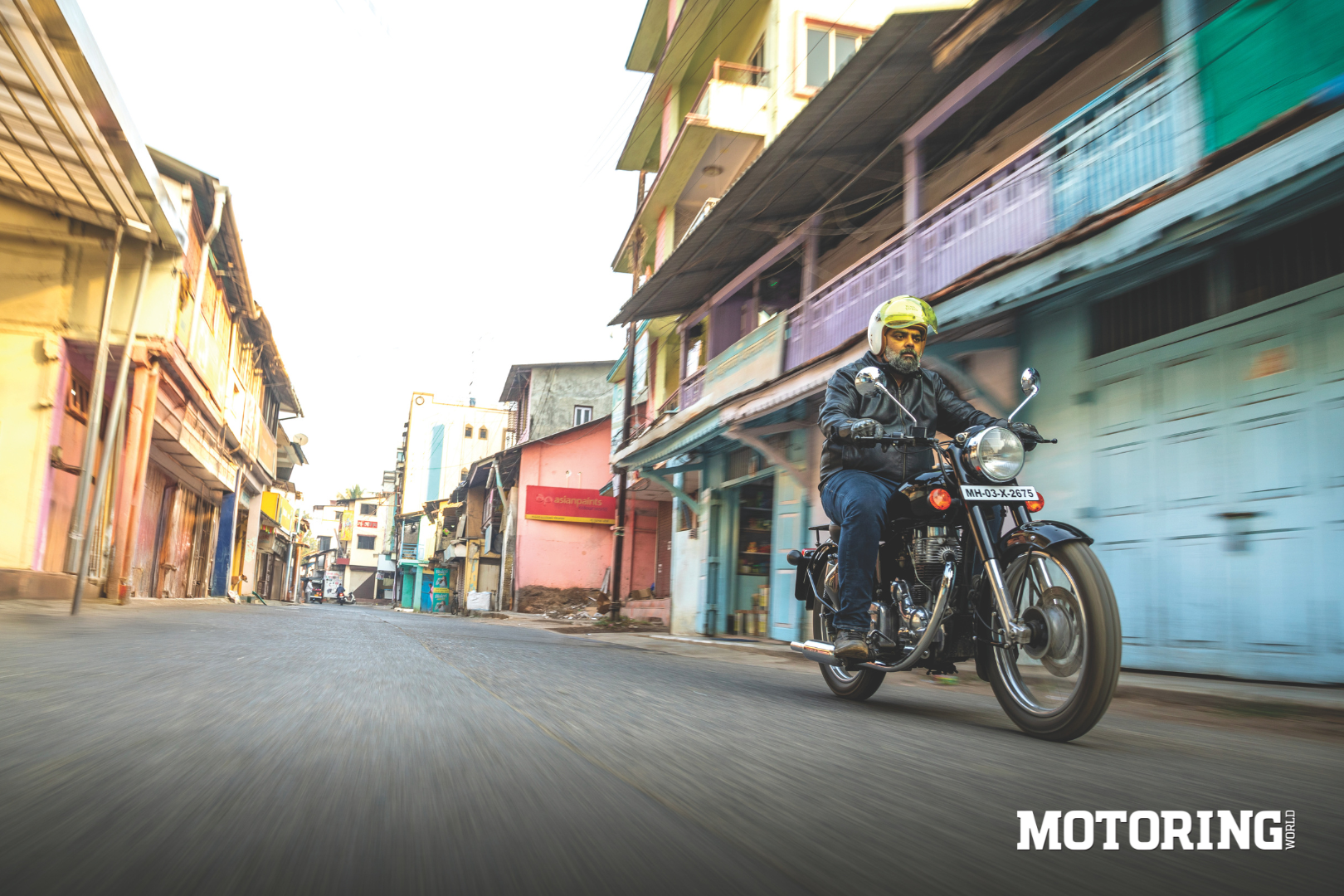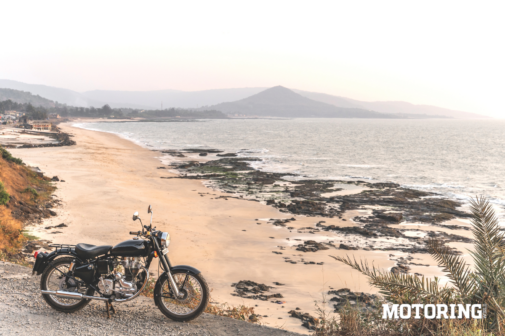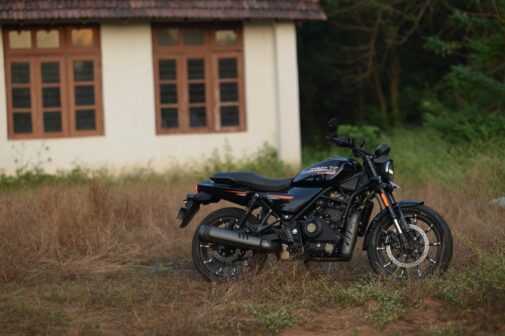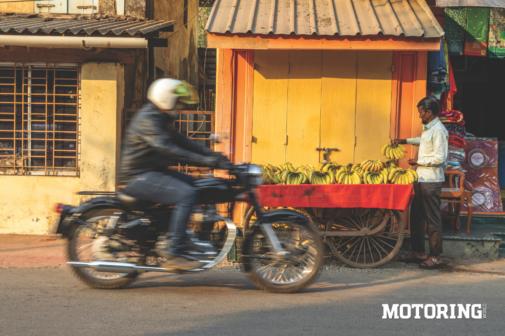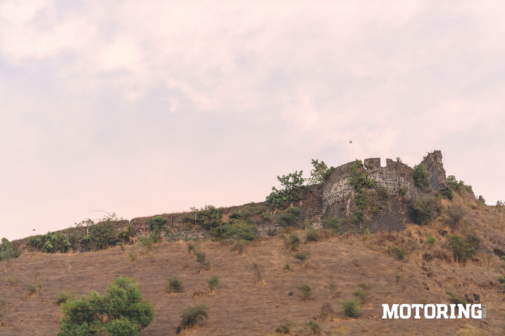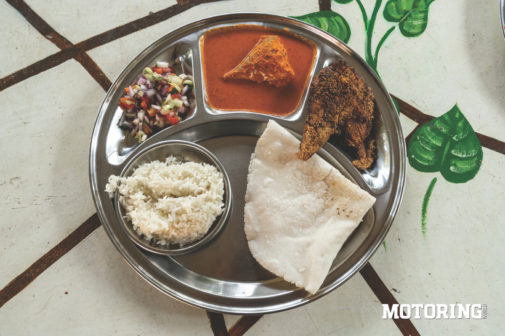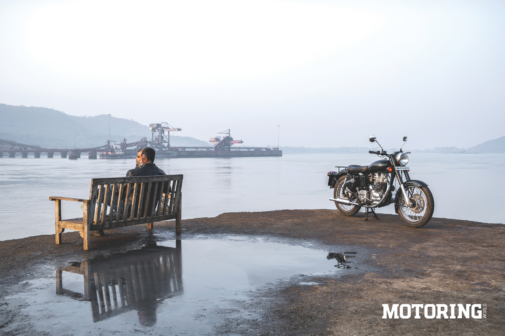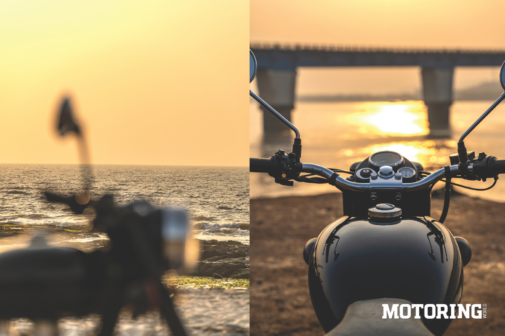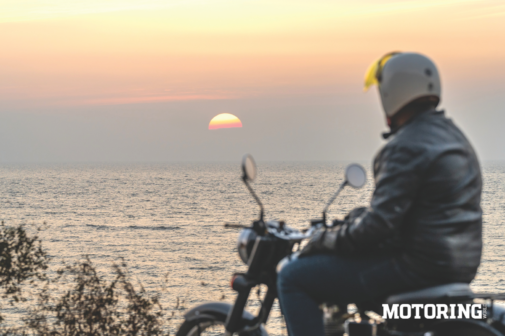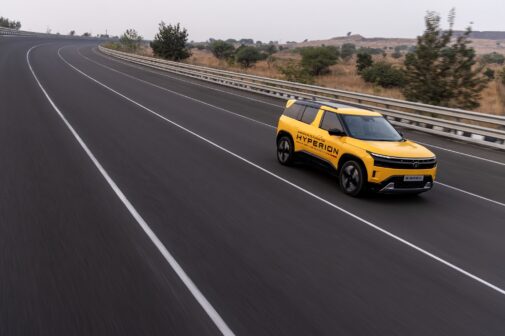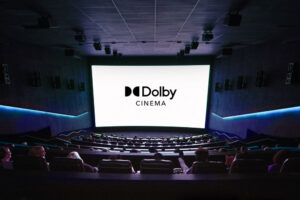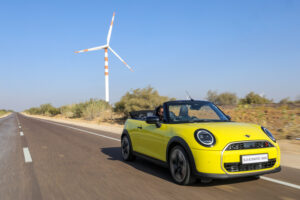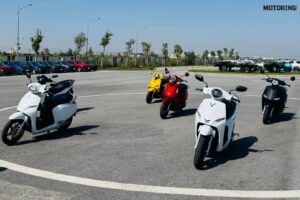Sometime in 2018, I stood before the Pacific Ocean that relentlessly lathers San Diego. By most definitions, it’s among the westernmost points of the Earth’s landmass, and as I gazed into the infinitely distant horizon, I was struck by an uncomfortable realisation. I was wearing the only pair of shoes I’d carried into the United States of America and they were now completely wet. In among the moments that followed, I also realised that the sea, for all its wetting properties, holds the most layered chapters of human history.
Take, for instance, the Arabian Sea. Once a multicultural fairground for those committed to trade and conquests — or both, as was often the case — the western shoreline of India has a history as rich, if not more, as what transpired across the mainland. Being the gateway to India in an era when aviation was merely folklore, it’s the sea that invariably penned the destinies of our lives, for better or for worse.
Where I stood now was a strong attestation of this. Barely a few centuries ago, Chaul was among the most prosperous of coastal settlements. It wasn’t uncommon, back in the day, for its shores to be lined with gigantic ships, its ports bustling with people who lacked uniformity, of colour or any other trait of appearance. The omnipresent fragrance of spices and fruit contrasted against the presumably foul stench of weary Arabian horses being transported to the Ghodbunder creek (in the present day city of Thane) further up the coast. Chaul, in its prime, was submerged in riches, seemingly destined for a life of abundance.
The Portuguese, in particular, had maintained a stronghold over Chaul and neighbouring Korlai, having arrived in 1505. By 1521, they’d built a fort and, a decade later, completed the sprawling Santa Maria do Castelo fortress. Sieges and conflicts were naturally ‘life as usual’ for the region and it was only in 1740 that the city was annexed by the Maratha empire, until the British took over its reins. This wasn’t the event that changed the destiny of Chaul, though. That process had begun a century ago, in 1661, with the wedding of King Charles II to Portuguese princess Catherine of Braganza. In proceedings that were considered appropriate for the era, the dowry arrangements included the port of Tangiers in Morocco and also an assortment of seven small islands that went by the name of Bom Bahia or Bombay, as we’ve known it for most of our lives.
I’ve named my motorcycle after it. The city I was born in, the city I had resolved to explore extensively on it. It’s a 2002 Royal Enfield Bullet Electra I brought home in a drunken stupor during the Covid-19 lockdown (as you do) and, over the last five years, it has changed my life completely. There’s no other way I can put it. Having had the good fortune of riding some of the world’s most iconic motorcycles, I can’t say I expected an outdated, pushrod-engined motorcycle to rewrite the course of my motorcycling life, and that’s primarily why it’s here. As an example of how the most unassuming developments can, sometimes, lead to irreversible changes. Whether you like it or not.
I first rode to Chaul on it a few years ago, not very mechanically proficient but suitably assured by the relative reliability of my then new (old) motorcycle. It didn’t seem to need much looking into, as long as I provided it with a steady flow of petrol, a reasonable amount of air in its tubed tyres and ensured its spark plug was able to do whatever it was designed to do. That version of Bombay was chipped and slightly faded, its engine appearing as if it were stored, for a good few years, inside an aquarium. Over the years, as my romance with this most odd motorcycle evolved, so did my empathy for it.
Today, we co-exist in a state of unilateral obsessiveness (you know which direction that goes in), with Bombay having undergone two restorations in the span of two years, its latest iteration bringing it closest to my idea of a perfect Bullet. It’s a beautiful motorcycle, held together with generous help from friends who mean well and, of course, a sum of money that would make a mutual fund manager weep in utmost despair. Well, mine seems to do that a lot, at least.
When it isn’t undergoing some degree of restoration or maintenance, we ride. Often, into the historic precinct of Mumbai city and, every once in a while, to the erstwhile city it replaced and relegated to the past — Chaul. Mumbai’s more amicable natural harbour (Bom Bahia translates to ‘good bay’) and, of course, the East India Company’s vision for the latter ensured Chaul lost its relevance in a short period of time. As is concisely explained in a research paper titled ‘The Port City of Chaul’ by Radhika Seshan, featured in the Journal of Indian Ocean World Studies, the demise of Chaul was underlined with the decline of Portuguese power in the region and, simultaneously, a transition in the Maratha empire’s ambitions, which saw it shift focus from the coast to the interior. Then, as it usually transpires, the final blow to its fortunes was dealt to it by one of its own; the Kundalika river (against which some of the photographs you see here have been shot) had begun silting and changing course rapidly, no longer making Chaul as favourable for trade as it had once been.
By the time Bombay, the city, was in its formative years, Chaul was almost entirely uninhabited, something that appears to be the case to this day. It is, therefore, a nice place to wander around on an old motorcycle. From the remnants of its illustrious past, so much of which is still in the process of being unearthed (literally), to the idyllic fabric of its slow-paced life, riding an old Bullet through Chaul feels appropriate in these parts. I invariably found myself in a state of slow motion, with an assortment of smells guiding me around. Sometimes, either to the fantastic Revdanda jetty or through its narrow, permanently fragrant market street. In the afternoons, past houses from the wood-grilled windows of which escape a flavour that tells you exactly what kind of fish curry is burbling on a cast iron pot. All of this was frequently punctuated by spots of shade I looked around for, with the hope of being able to gulp down fresh coconut water in cool off. It’s a lot like riding into the past. Time travel, as they say.
Riding westward, towards the Korlai lighthouse and fort at around sunset — after a life-changing afternoon nap, of course — was rewarding in the most aesthetic of ways. It’s here, in Upper Korlai, that, with a keen ear, you’re likely to pick up on a language you’ve probably never heard before — the Korlai Portuguese creole, known primarily as Kristi by native speakers. The custodians of this language, which owes its origin to the Portuguese influx of the 1500s, number in the hundreds and barely a handful of families in Korlai continue to use it, most having transitioned to Marathi, the language widely used in these parts. A local I spoke to warmly opened up to a brief conversation, expressing with some emotion the state of the language which is, even if slowly, inching towards its disappearance.
In this regard, it can be said that Chaul has fared better. A revival of sorts has begun in recent years, with tourism contributing modestly to the economic prosperity of its people, even as agriculture and fishing continue as the mainstay. Will Chaul ever return to its erstwhile glory? It’s unlikely, at least until everyone’s had their fill with obsessing over that former cluster of seven islands — and that hasn’t happened in the last four centuries.
As a motorcycle-mounted traveller, I see that as a good thing because what I observe of Chaul from behind the handlebar is a perfect representation of the good life. You rarely have to go further than wherever you happen to be to find silence or trees or contentment. On balance, since I cannot claim to have researched in great depth the lives of the people who belong here, do forgive my sense of utopia. Indeed, as travellers, what we wish upon a place often stems from the deprivations and deficiencies of our own lives, right? Let’s get real, though — it’s hardly up to us. In any case, why do I have a feeling the sea isn’t done writing the destiny of this place yet?





